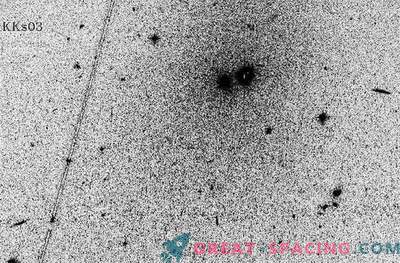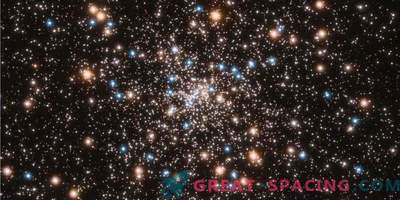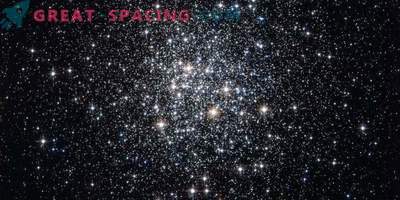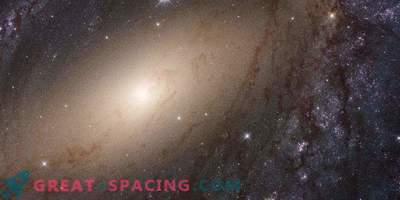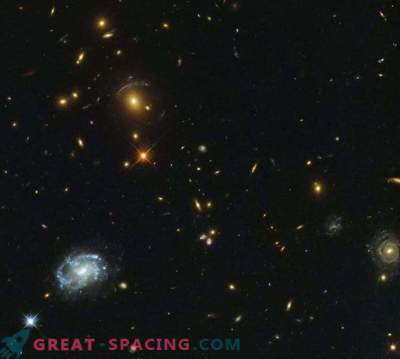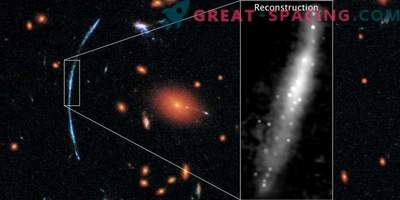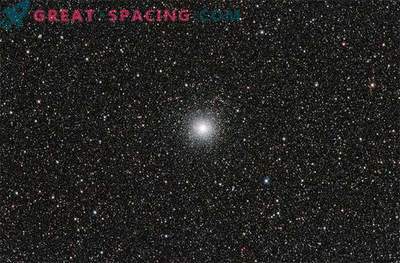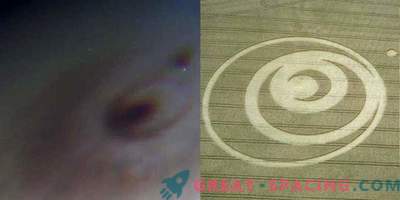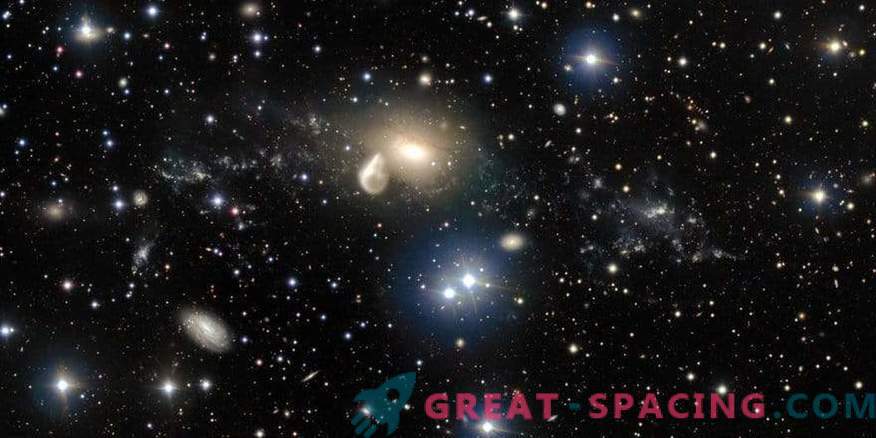
Astronomers, using the Hubble Space Telescope while studying some of the most ancient and faint stars in the globular cluster NGC 6752, discovered an unexpected finding. It turned out that they managed to find a dwarf galaxy literally on the cosmic threshold - only 30 million light years from us.
The power of the Hubble Space Telescope was used to study white dwarfs in the globular cluster NGC 6752. The purpose of the observation was to use the stars in the process of measuring the age of the globular cluster. But it turned out something new.

Compass image of Bedin 1 to NGC 6752
A compact stellar collection was visible at the outer borders of the region observable by Hubble. Careful analysis of the brightness and temperature of objects showed that the stars do not belong to the cluster (as part of the Milky Way), but are located millions of light years further.
The new galactic neighbor was named Bedin 1. It is a modest-sized elongated galaxy. It covers only 3,000 light years and seems incredibly weak. Characteristics indicate that we have a dwarf spheroidal galaxy in front of us.
Such formations reach small sizes, demonstrate a low level of luminosity, the absence of dust and old star populations. It is known that in the Local Group of galaxies there are 36 galaxies of this type, 22 of which are satellite for the Milky Way.
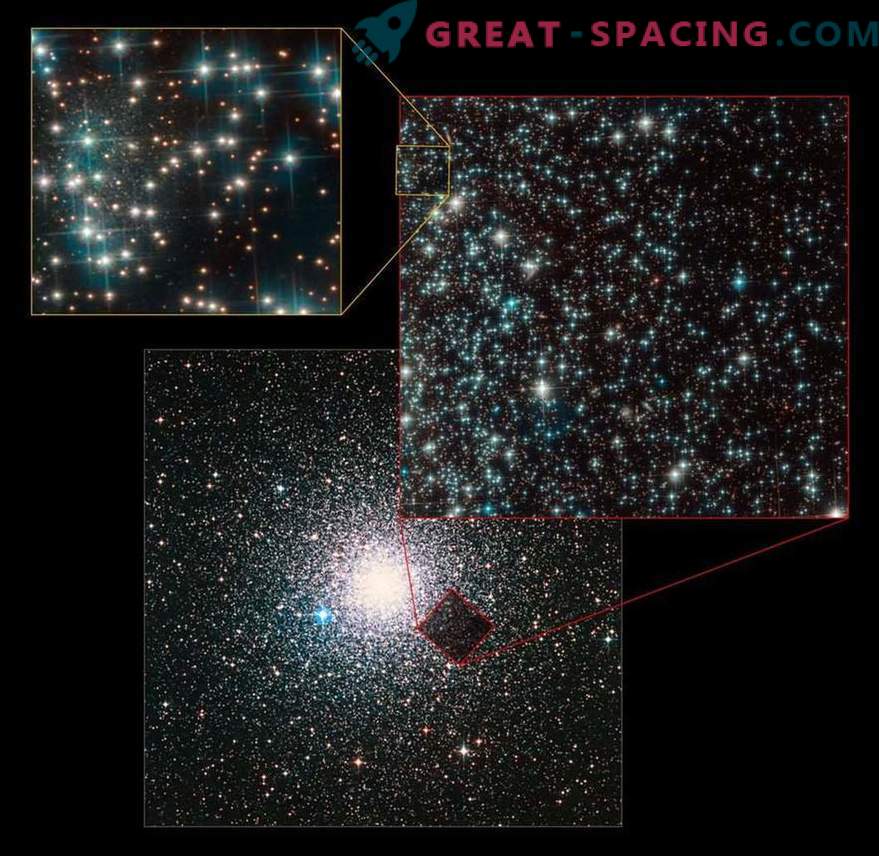
The composite image shows the location of the randomly detected Bedin 1 dwarf galaxy, located far behind the NGC 6752 globular cluster. The lower frame of the cluster is a ground observation of Digital Sky Survey 2. At the top right is the full field of view of the Hubble Space Telescope. At the top left - the area with the galaxy Bedin 1
Dwarf spheroidal galaxies are not uncommon, but Bedin 1 has some unusual characteristics. It is one of the few representatives of this galactic type with a precisely defined distance. However, this is an incredibly isolated instance. Bedin 1 is 30 million light-years distant from the Milky Way and 2 million light-years from the nearest large galactic cluster NGC 6744.
Analysis of the stars showed that the age of the galaxy is 13 billion years (almost like the universe itself!). The isolation precluded contact with other galaxies, so Bedin 1 can be perceived as a fossil of the early Universe.


